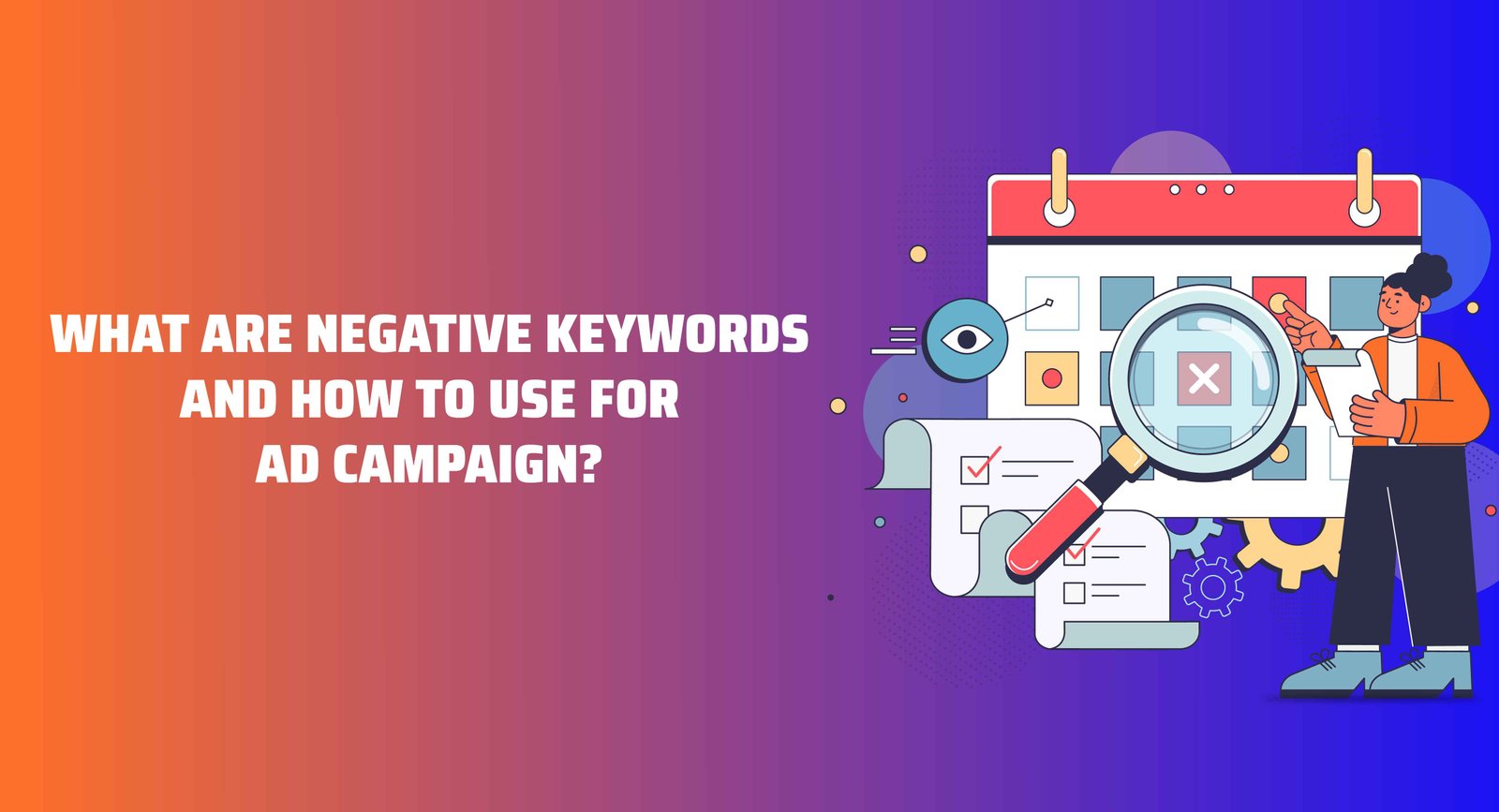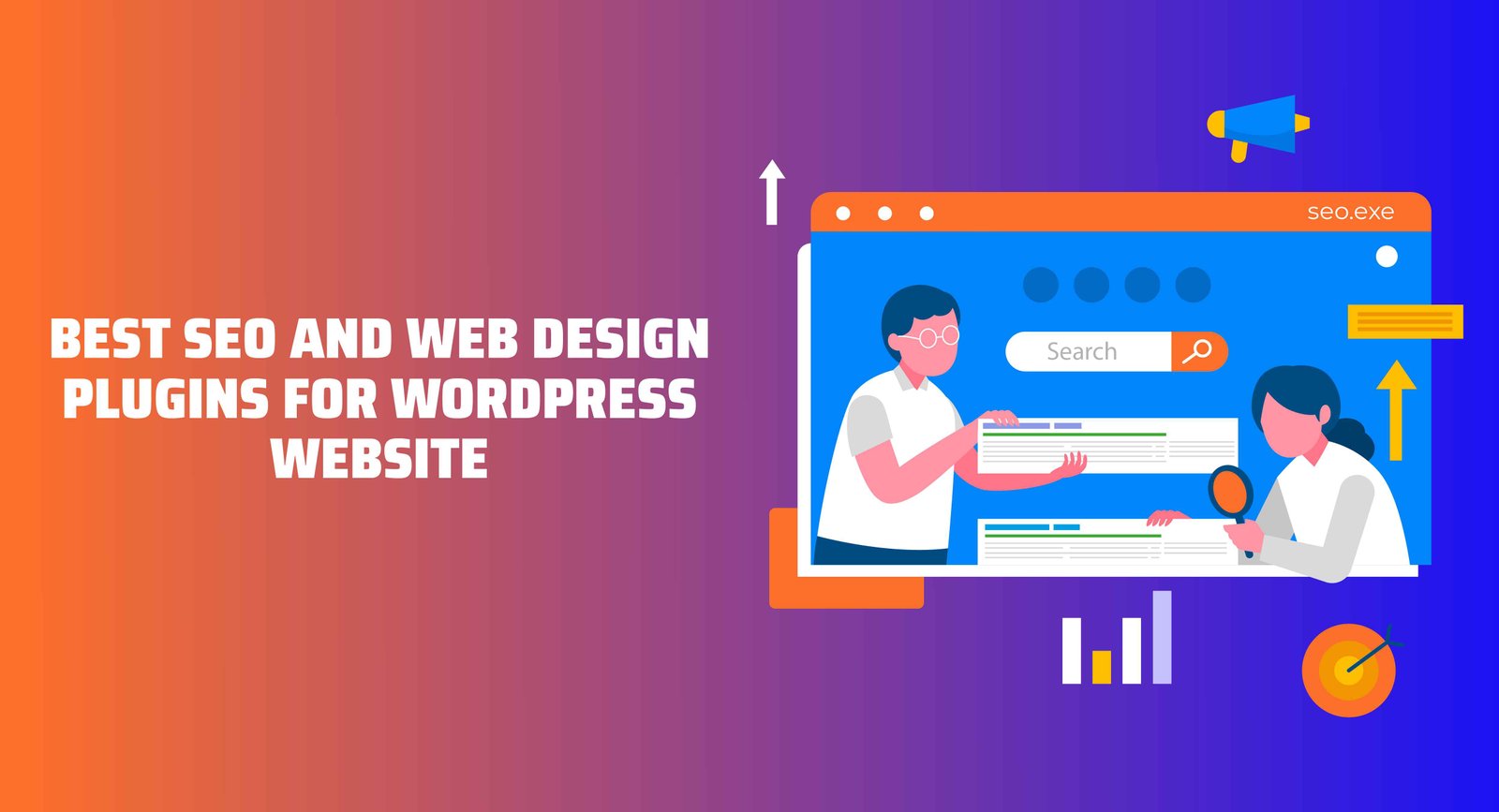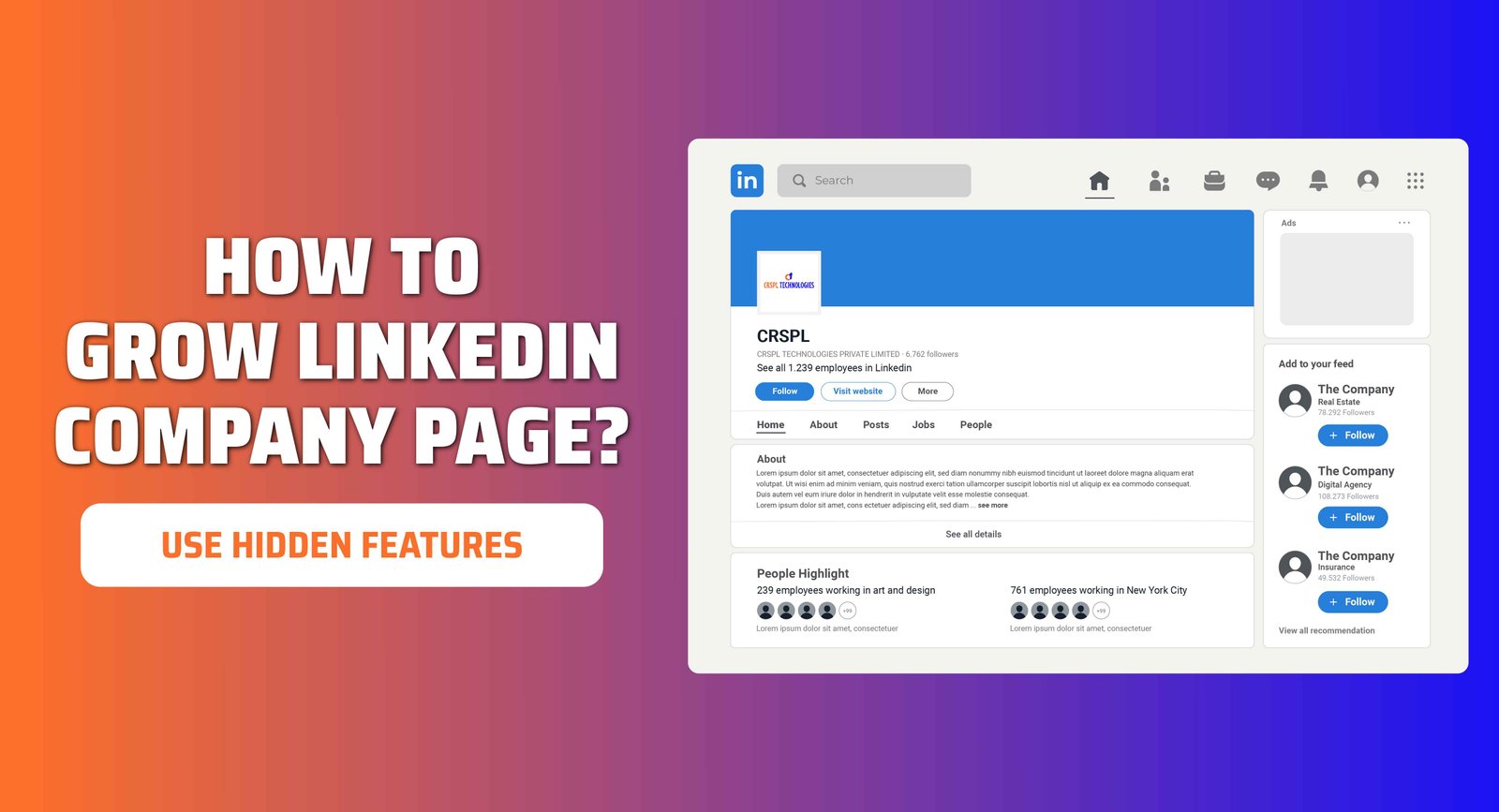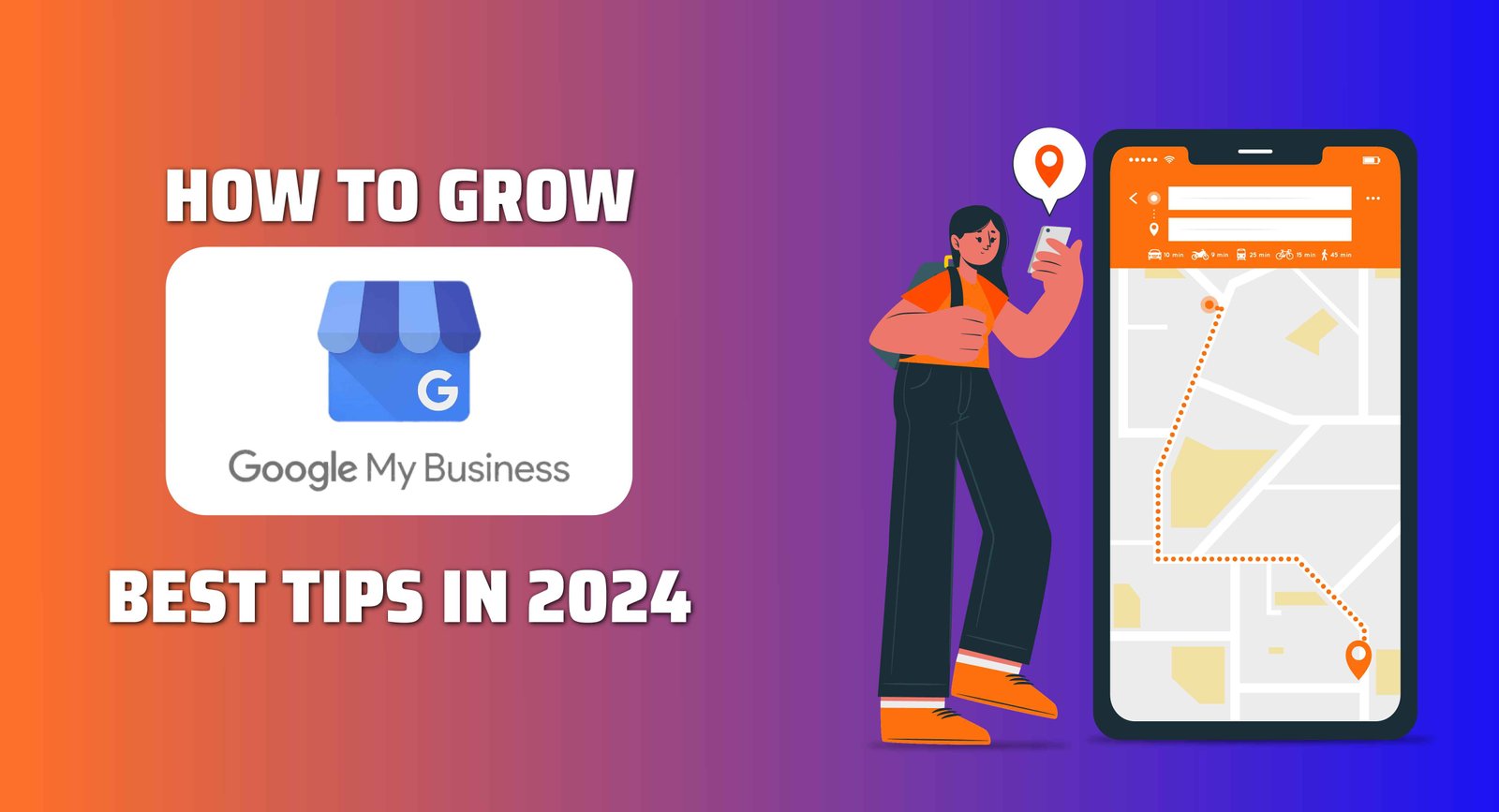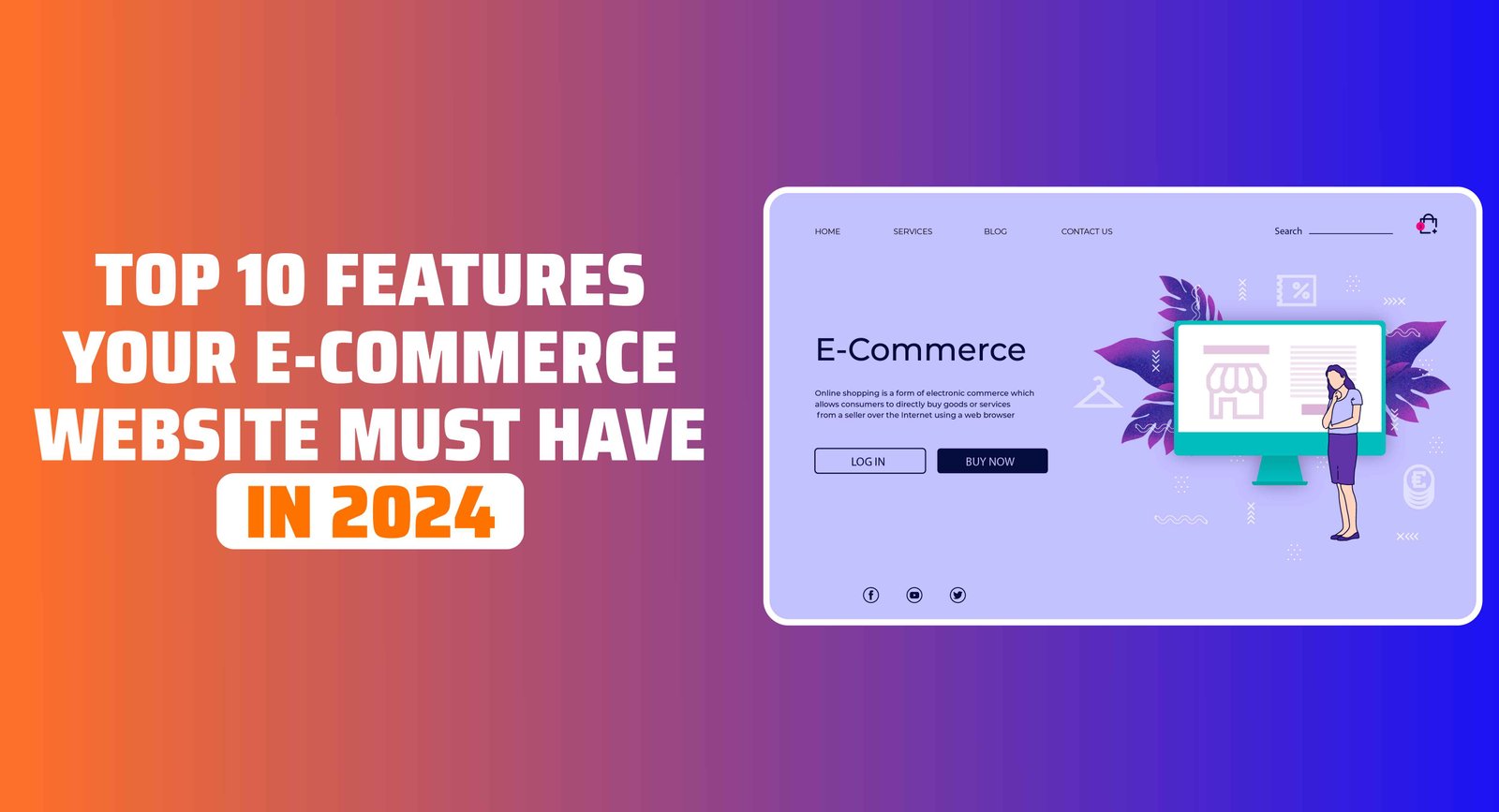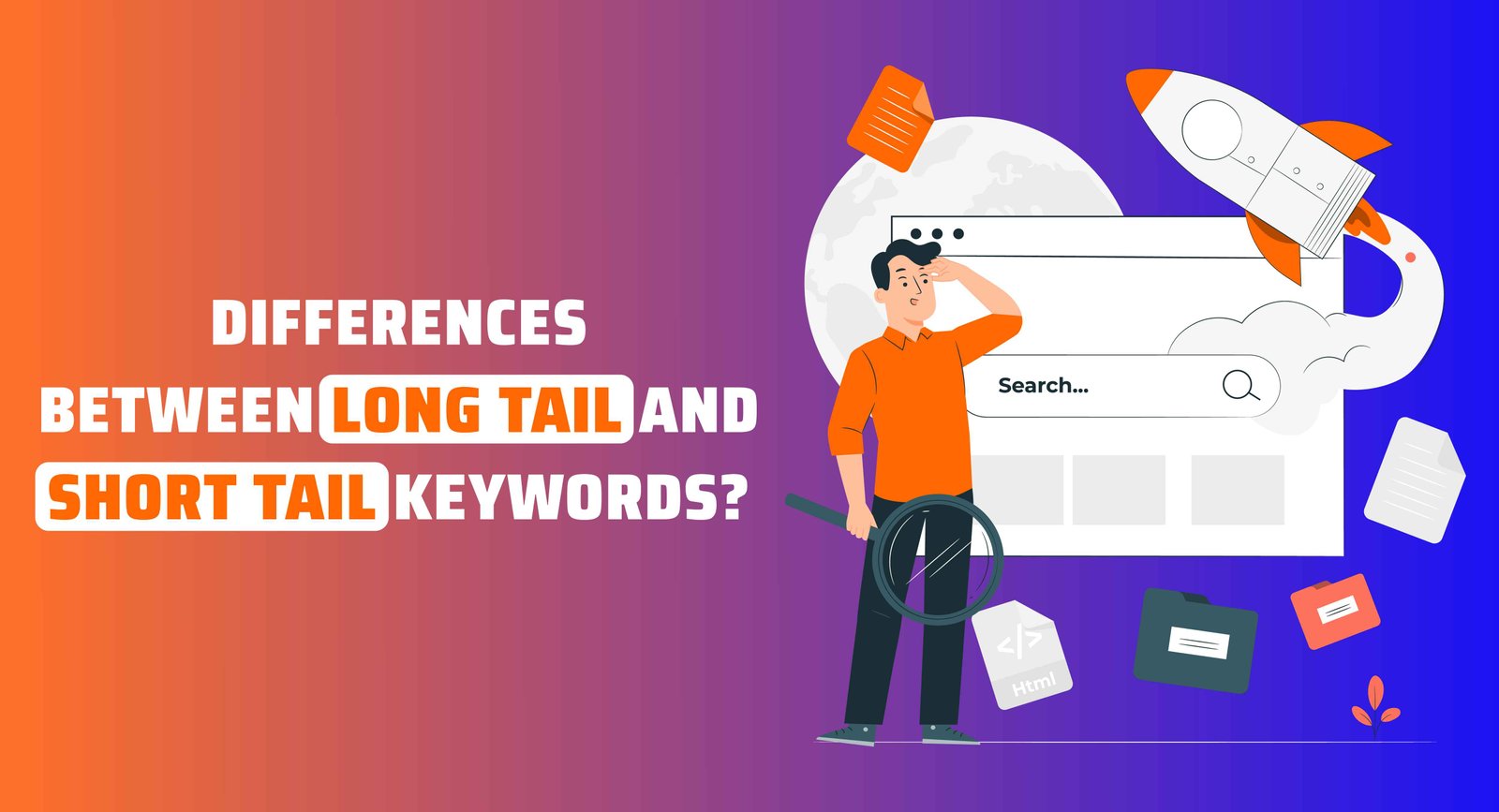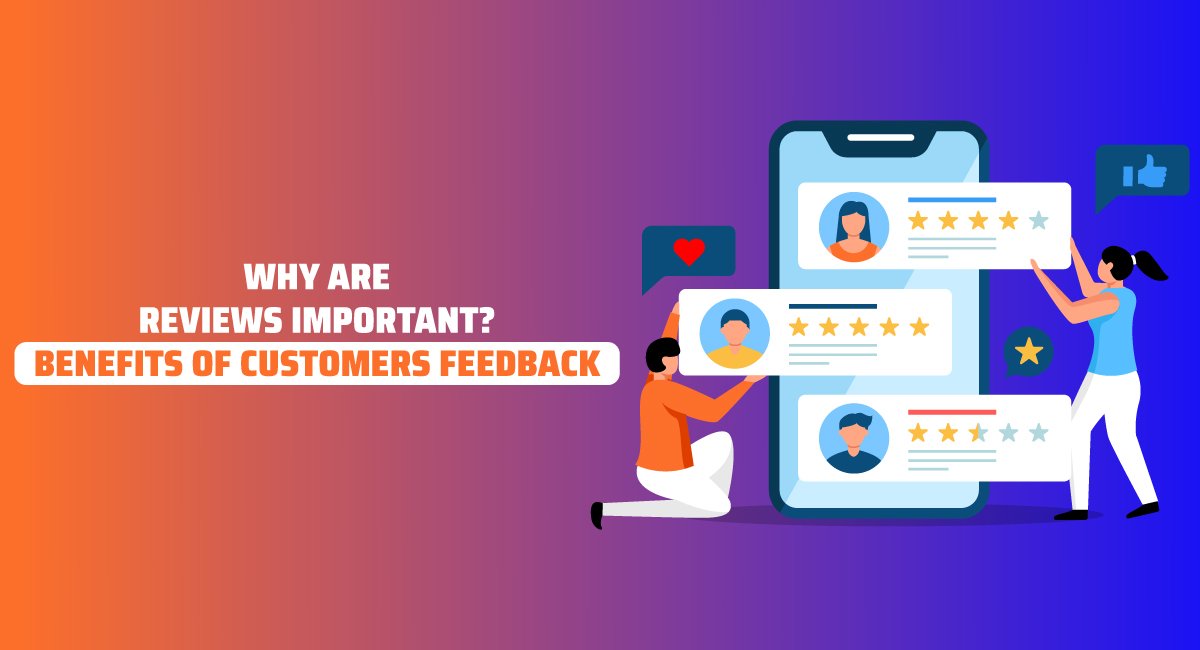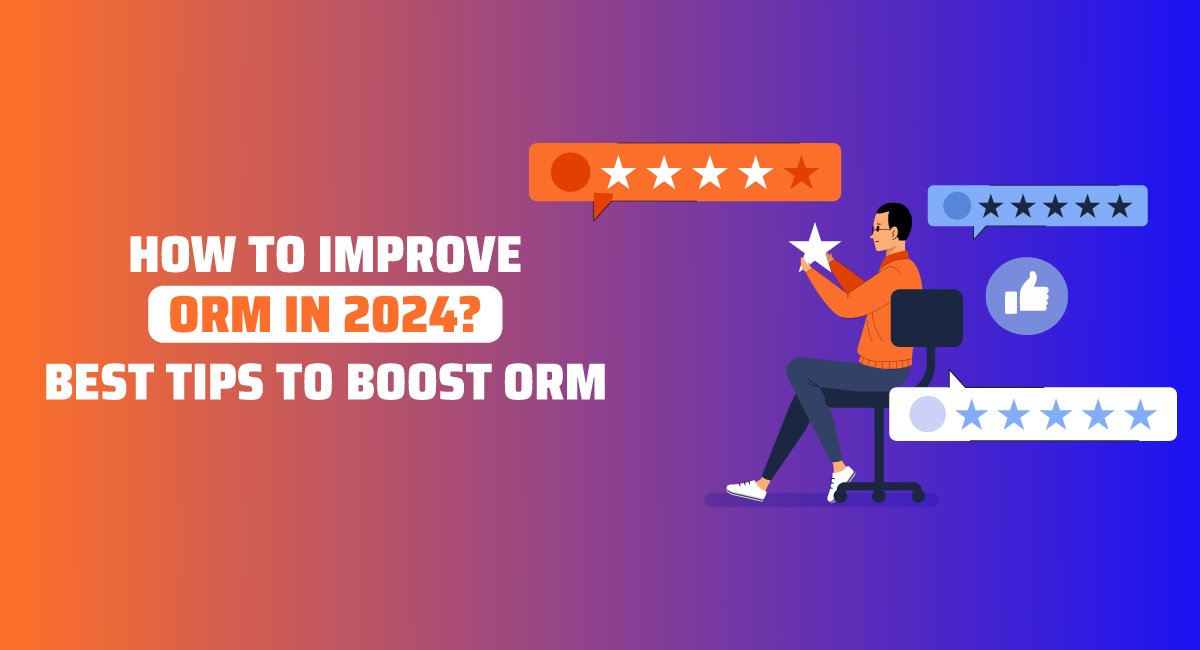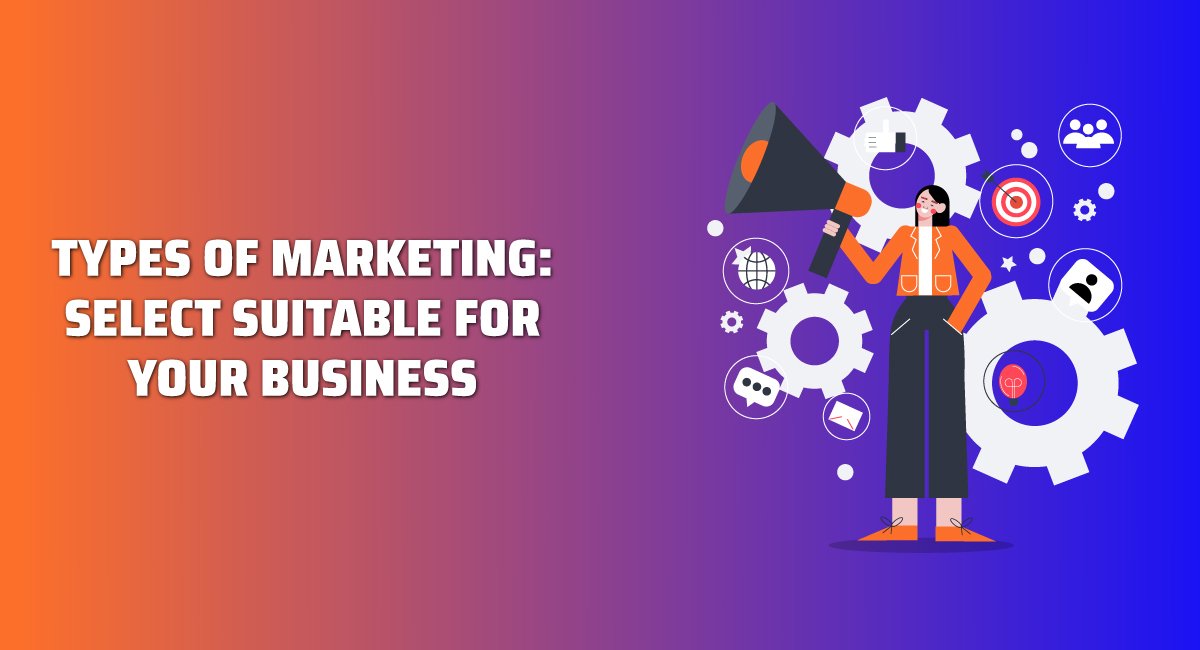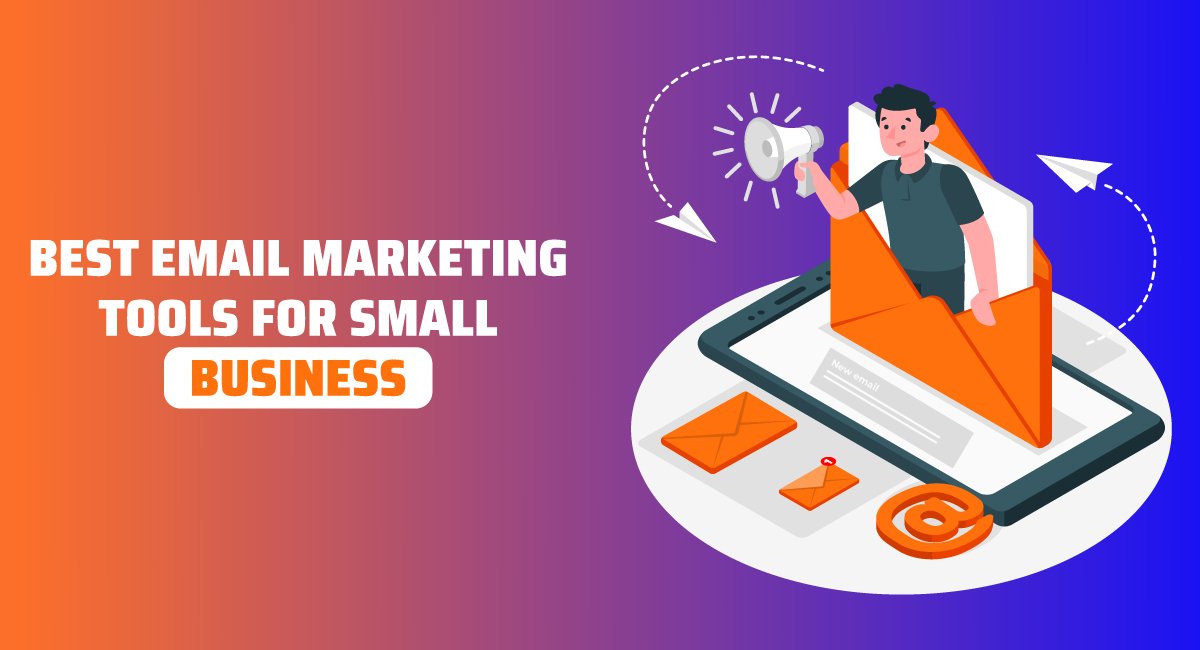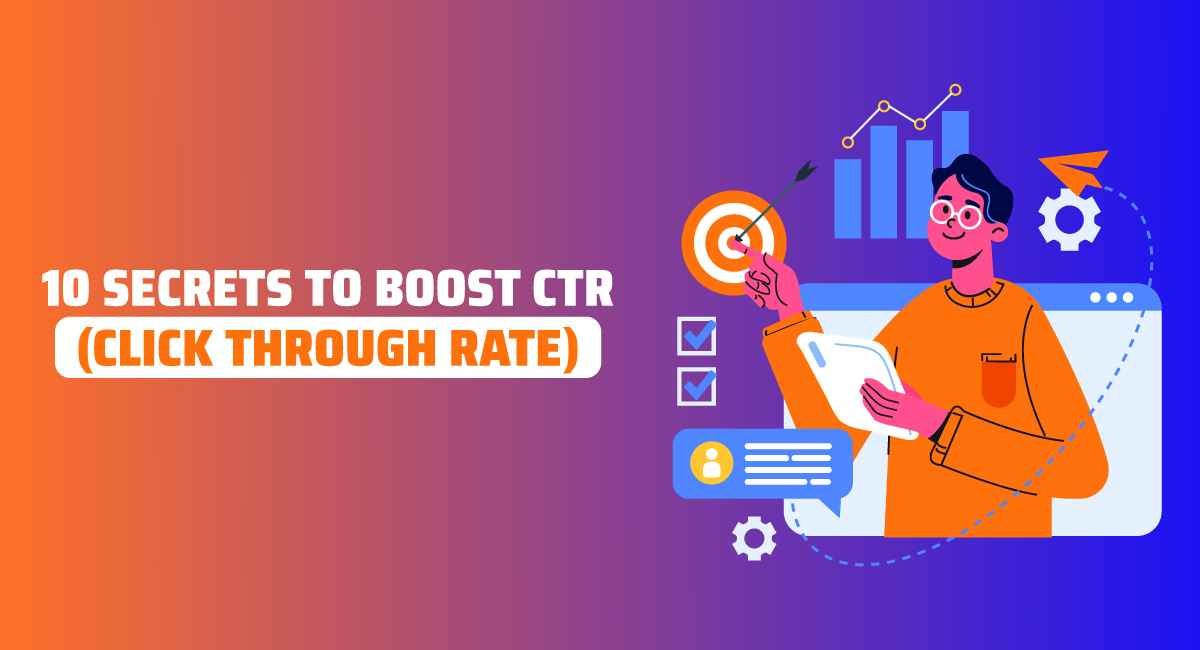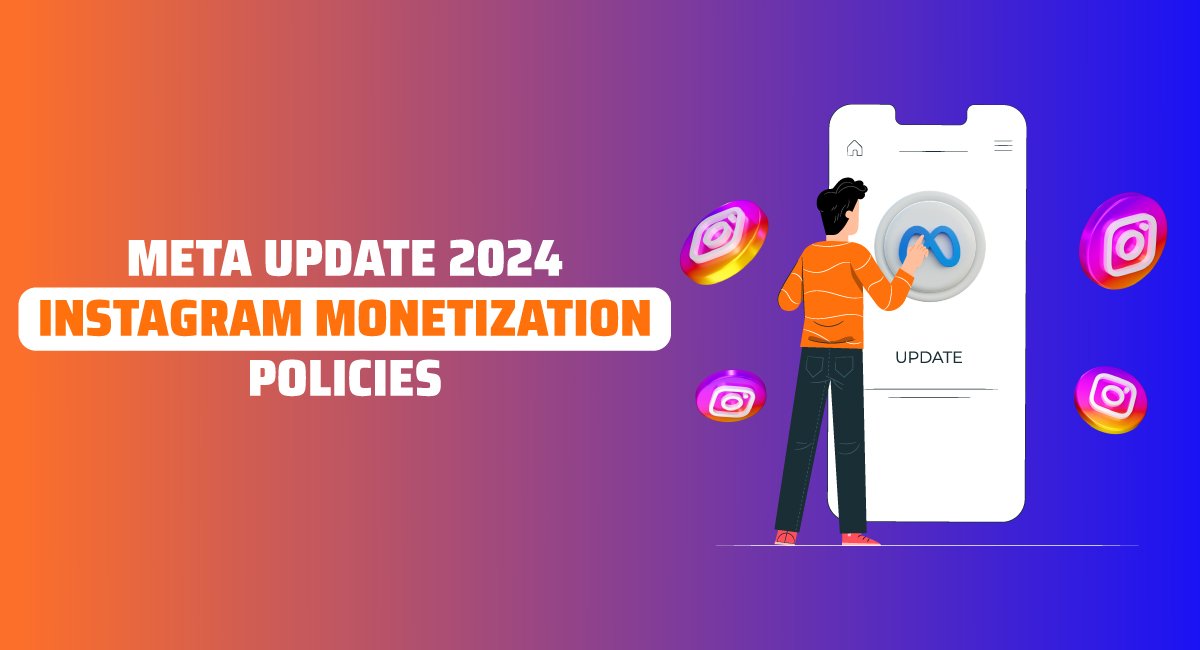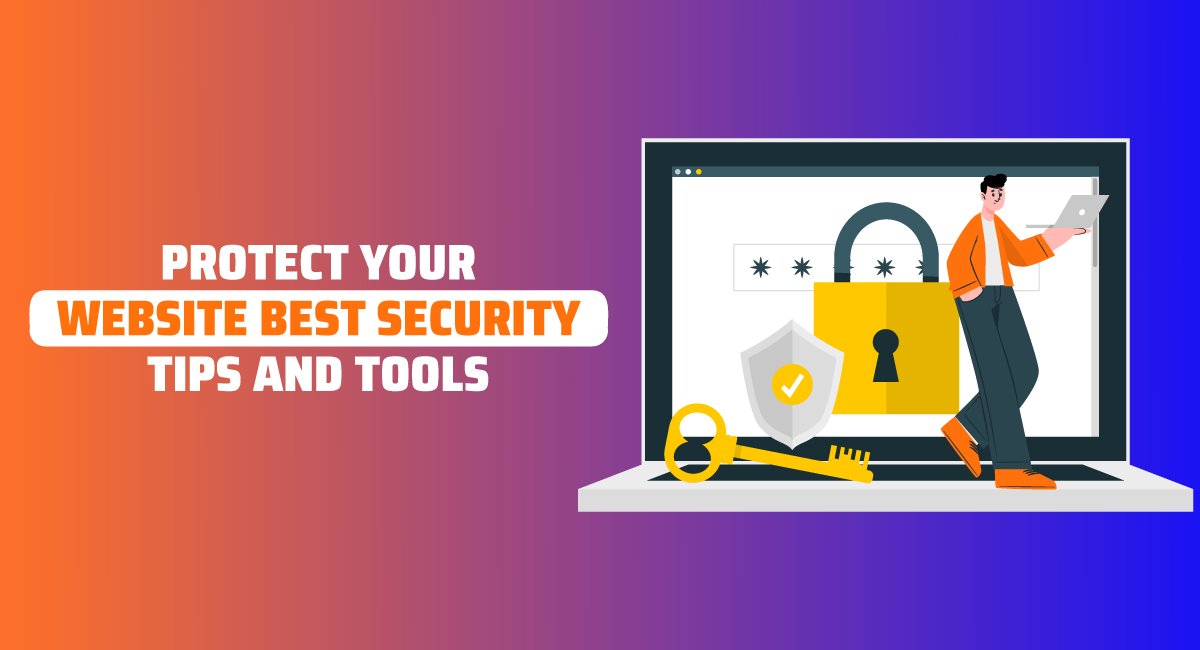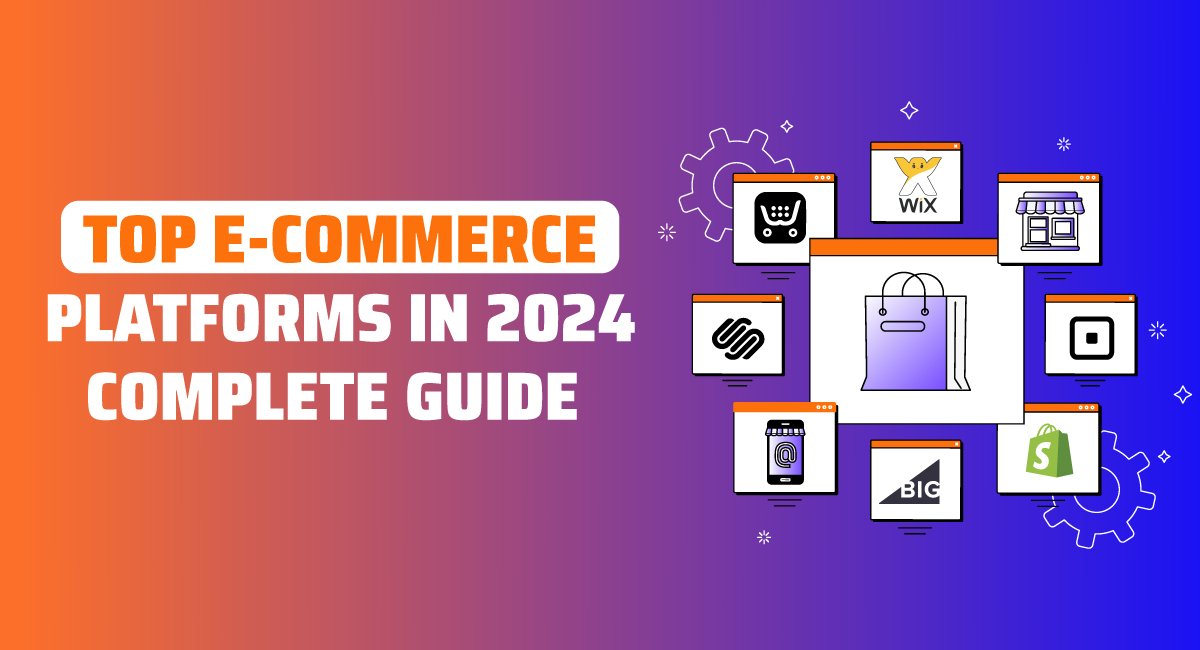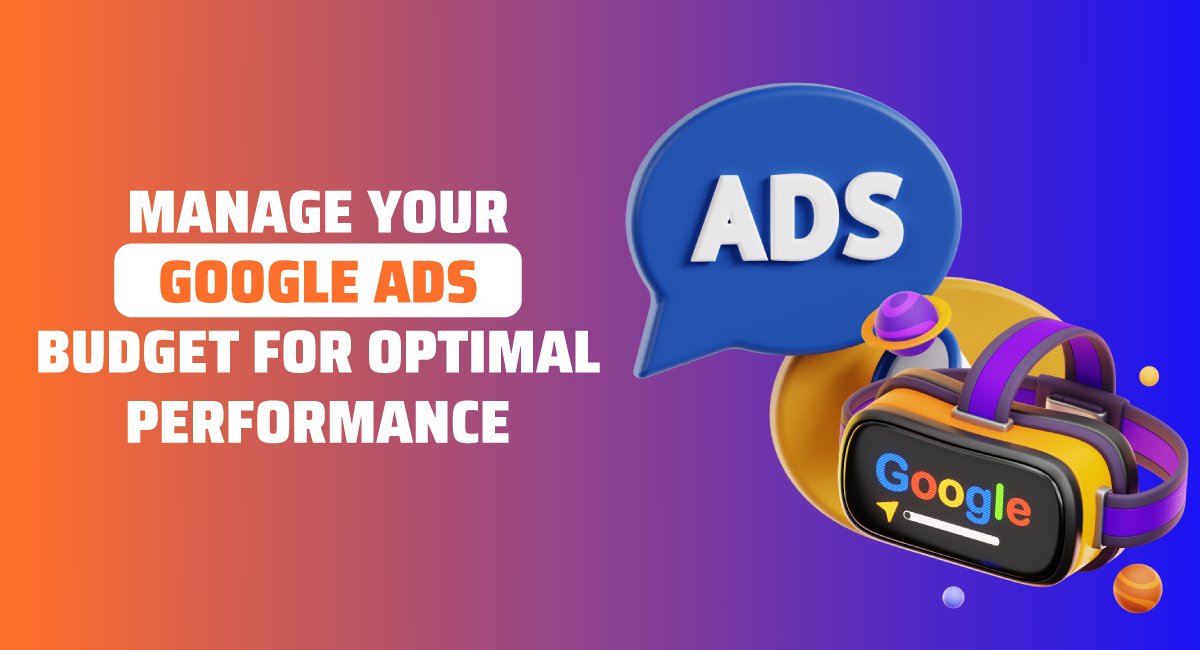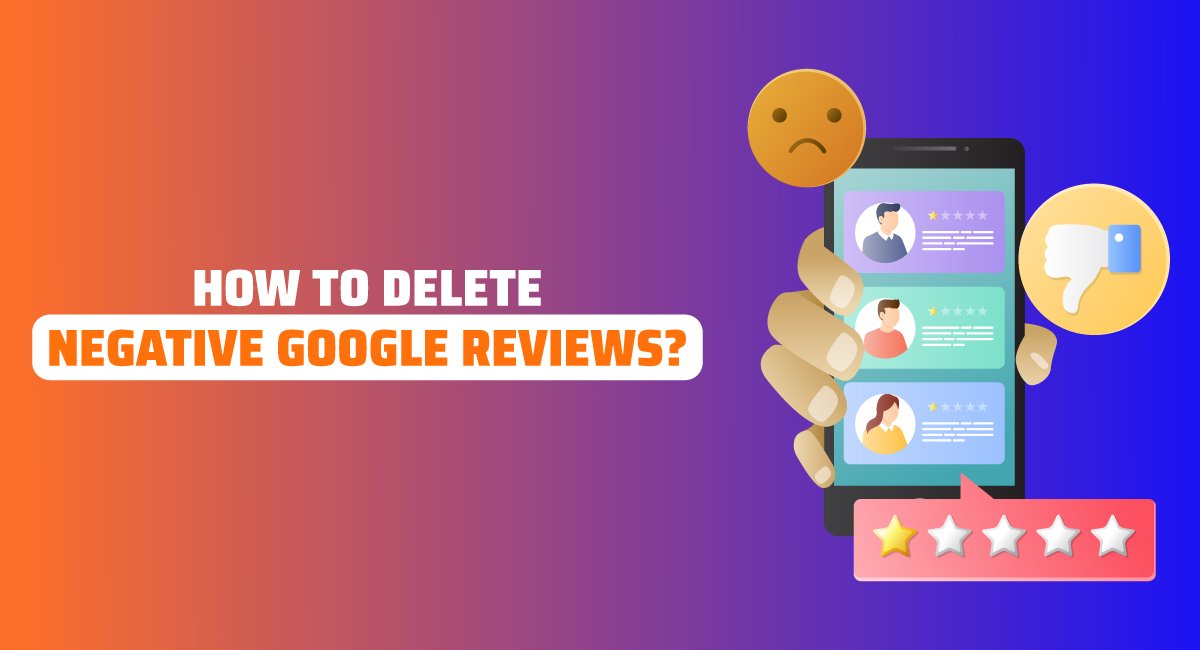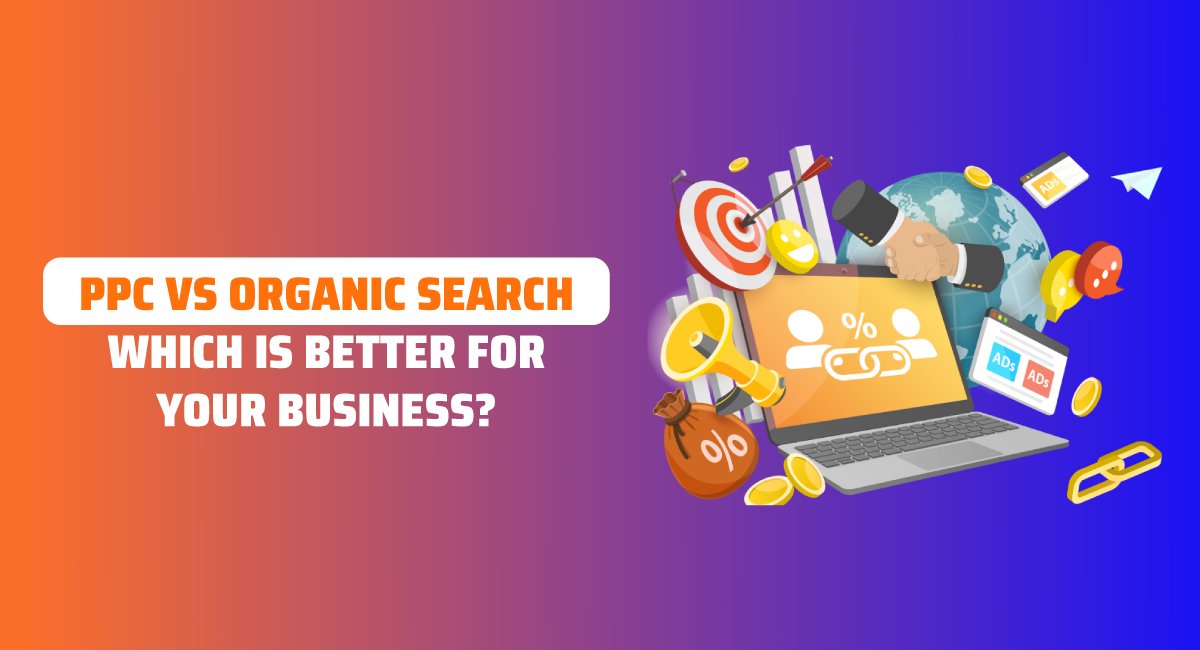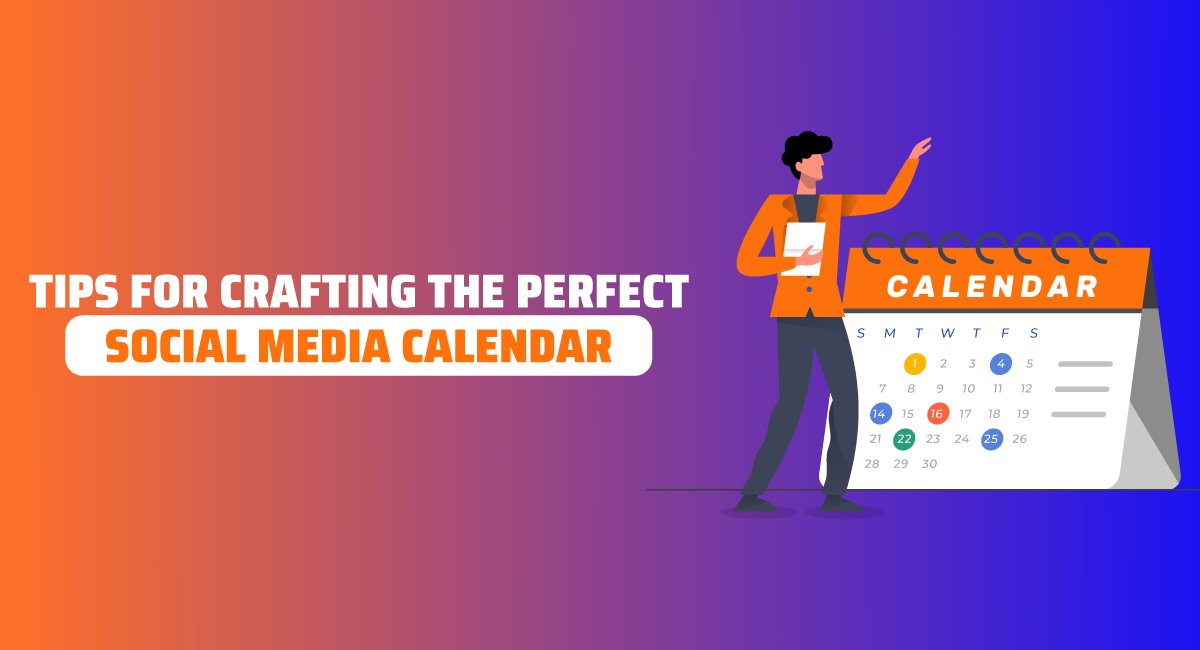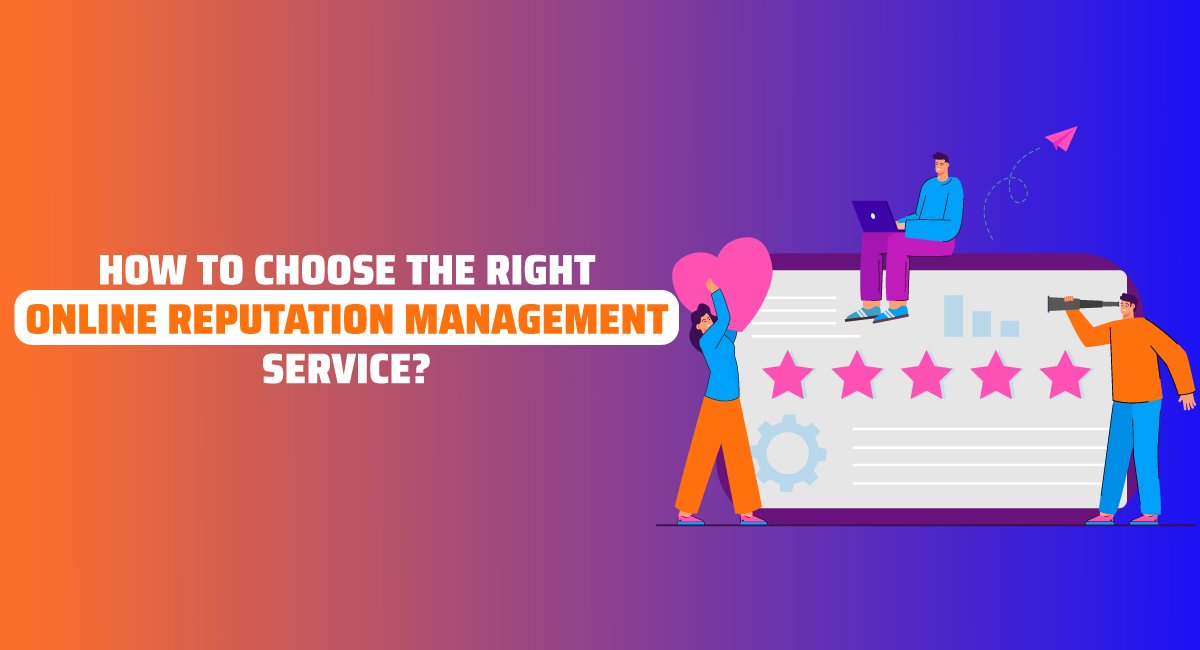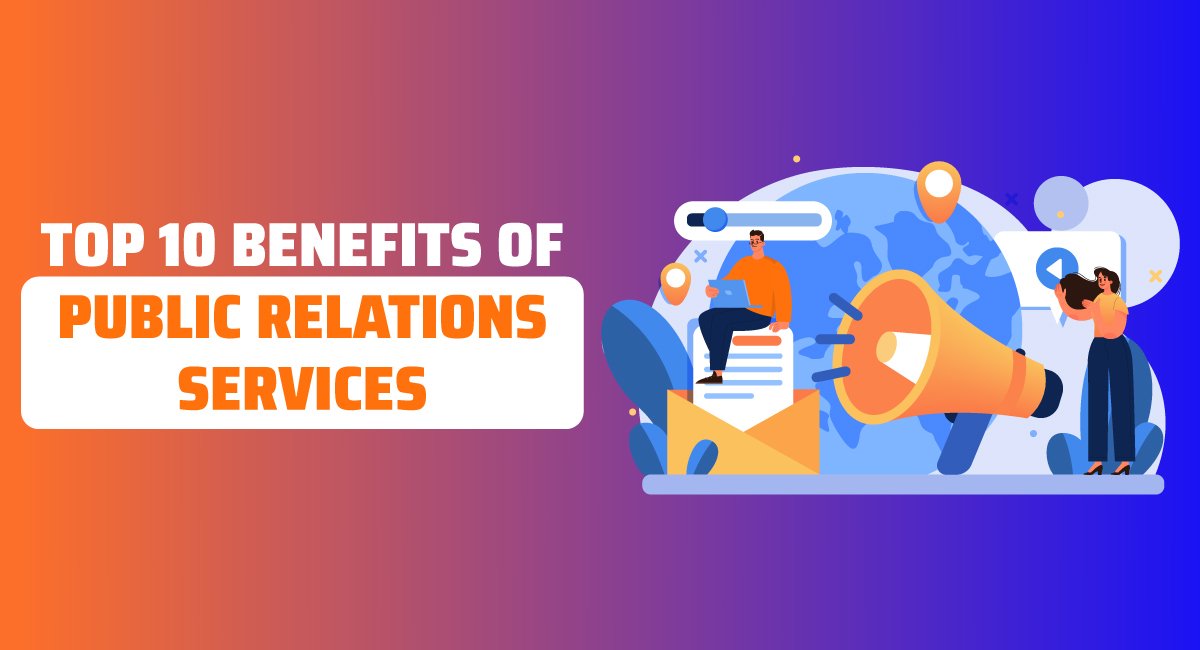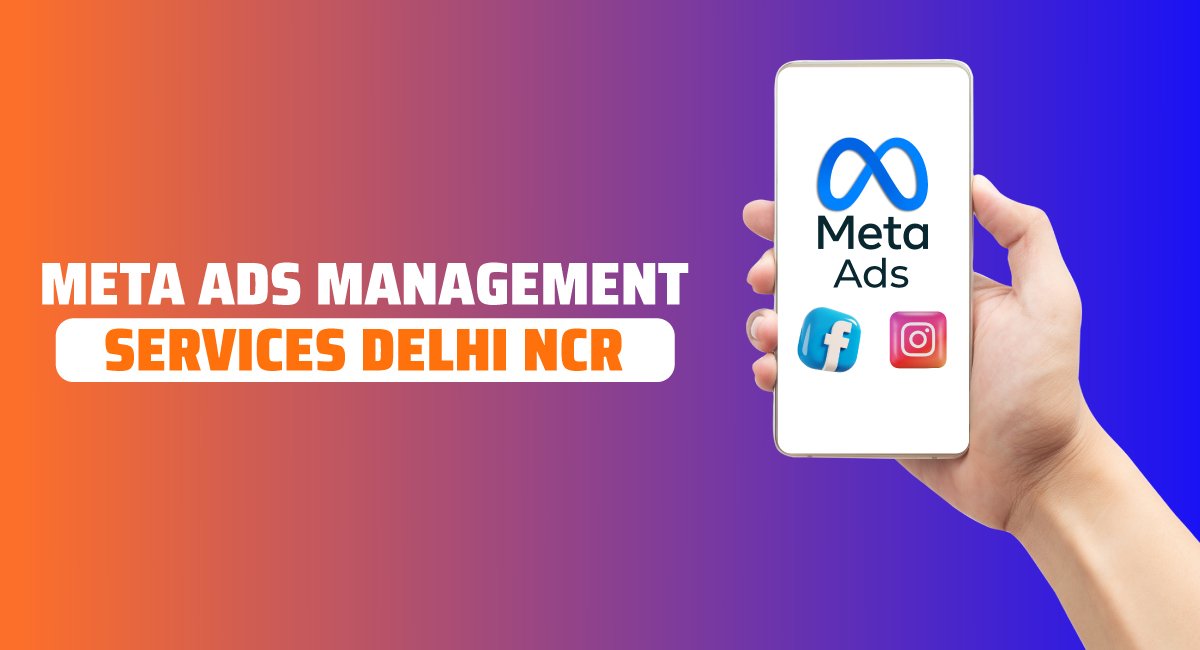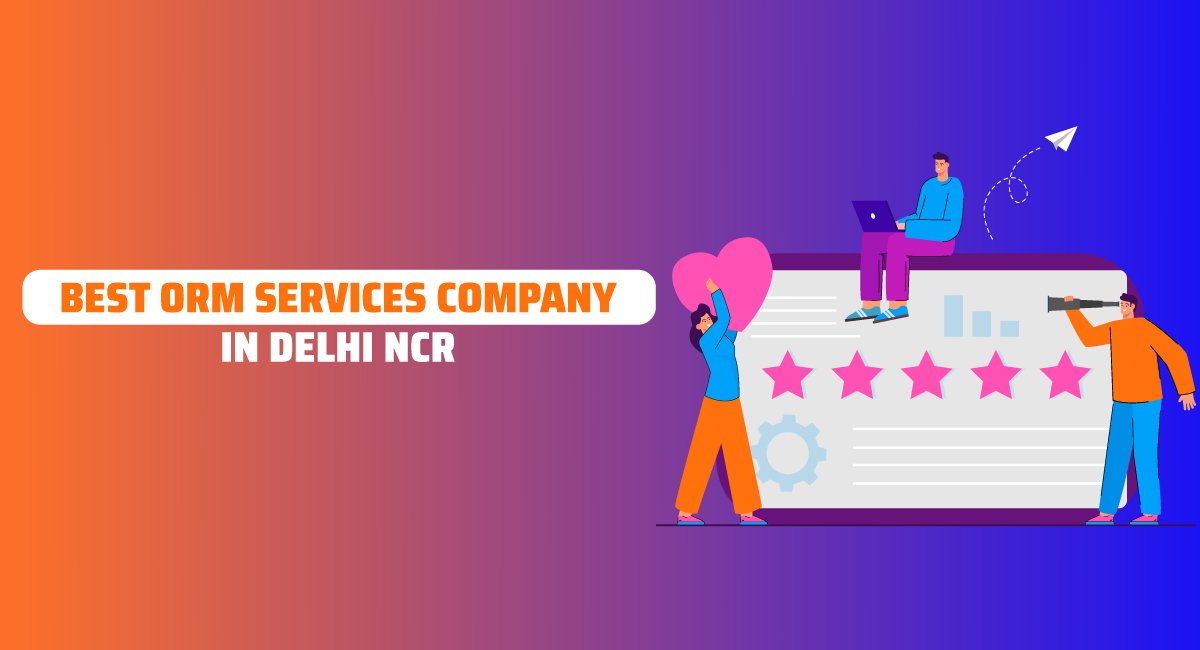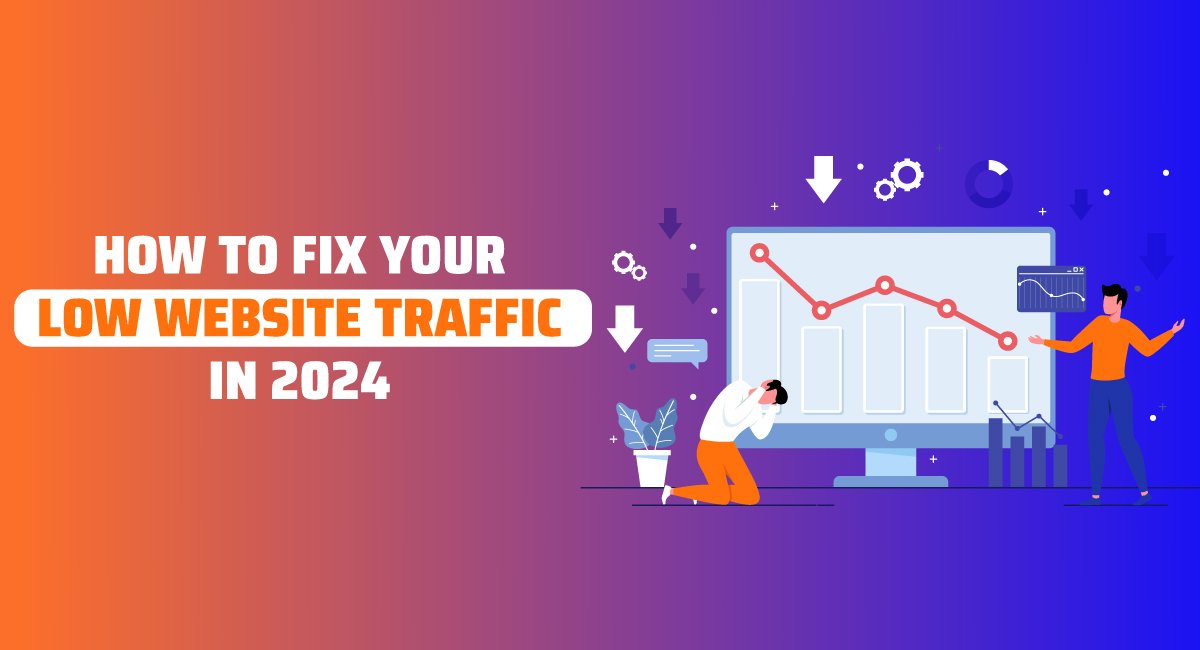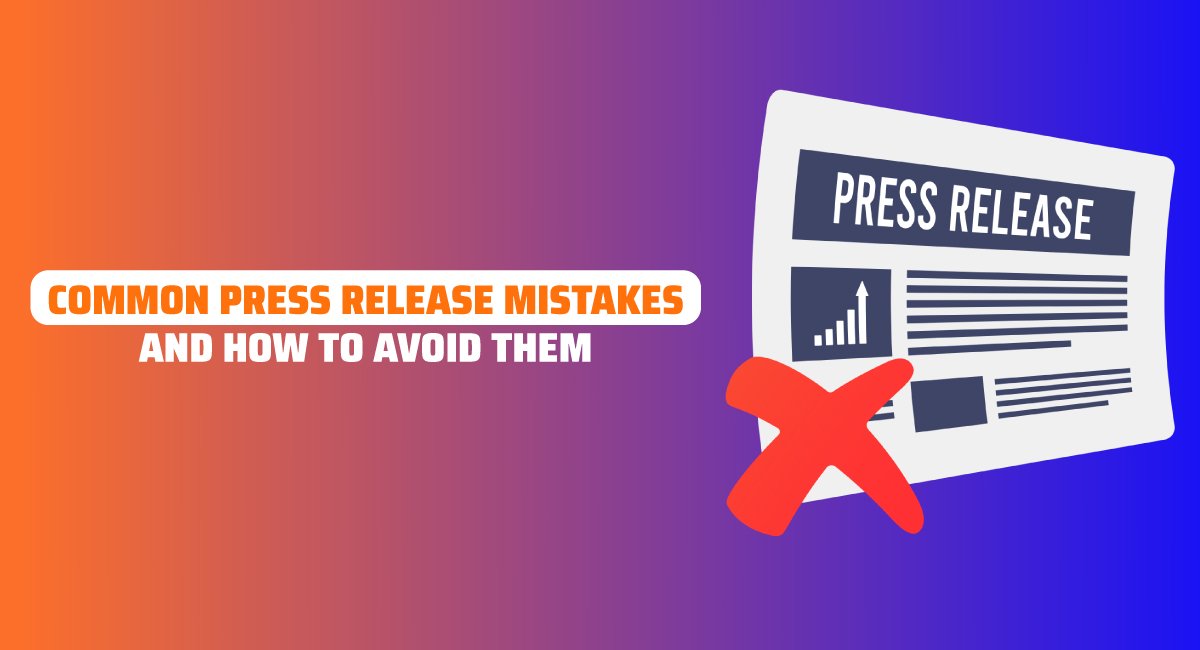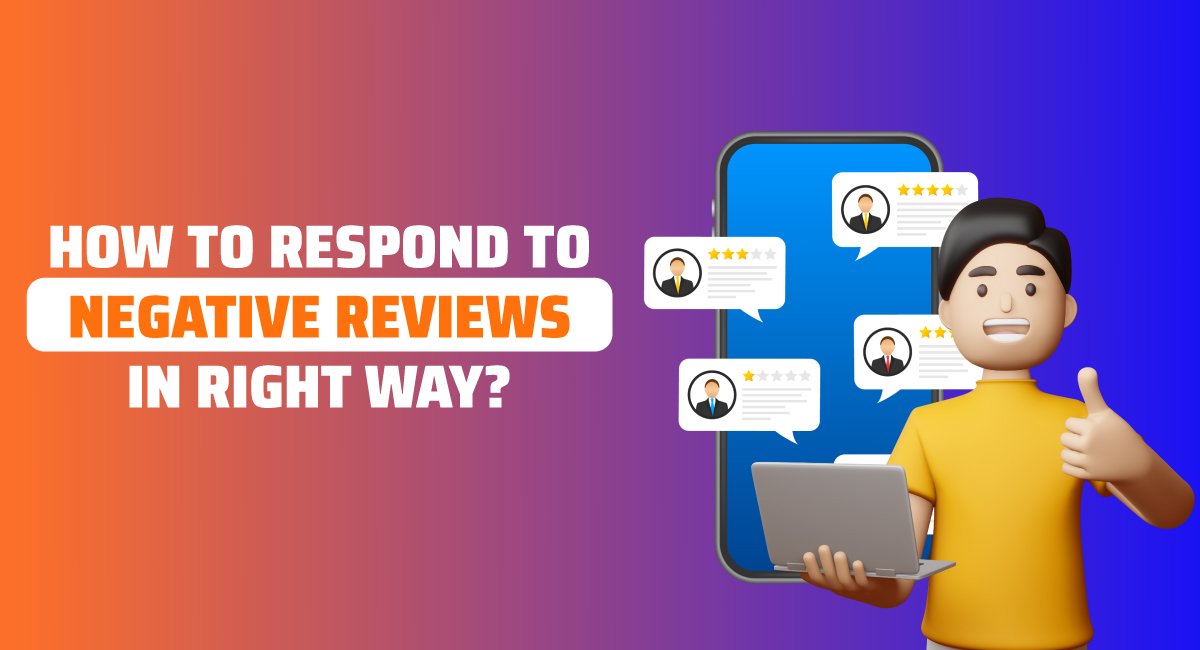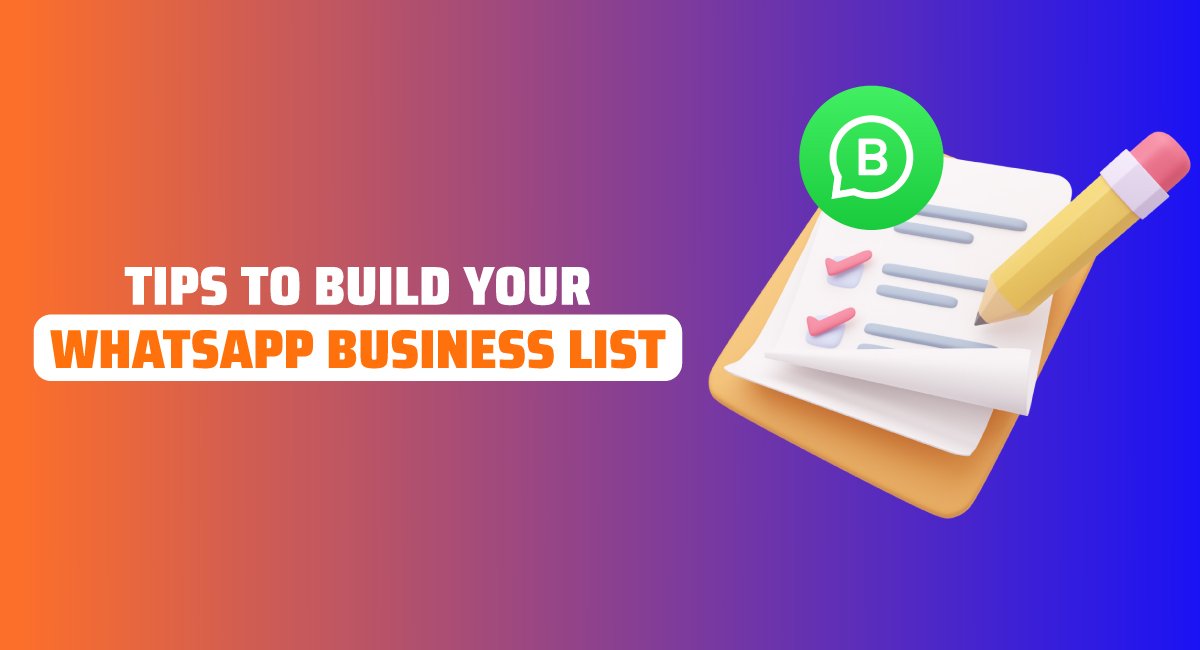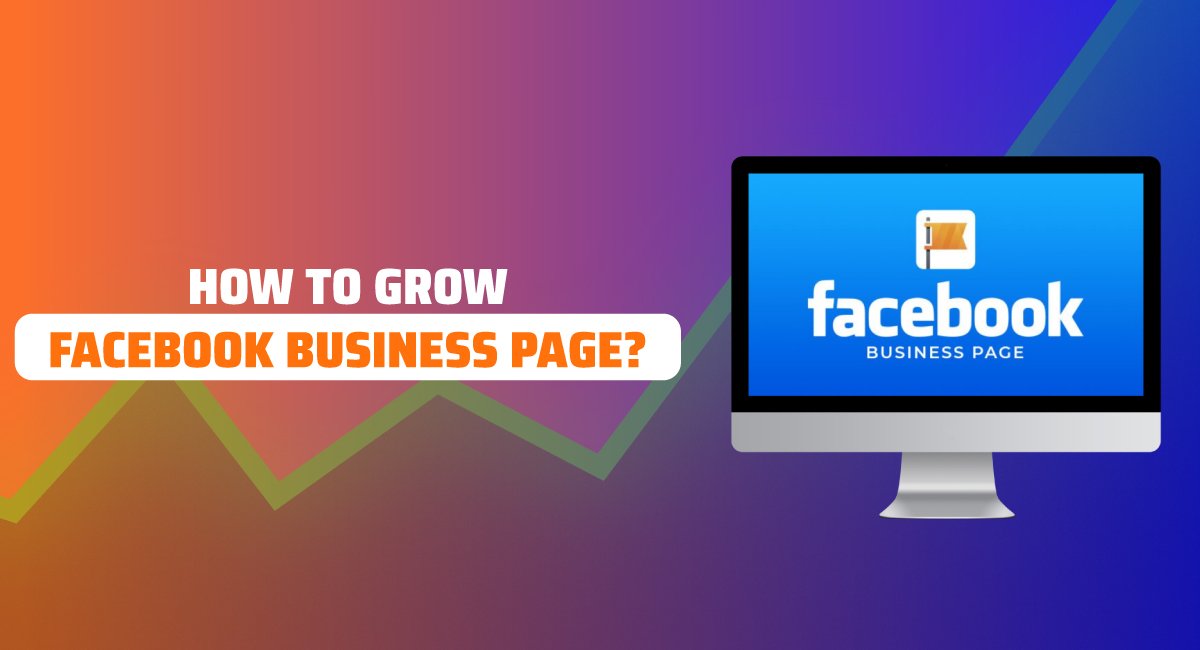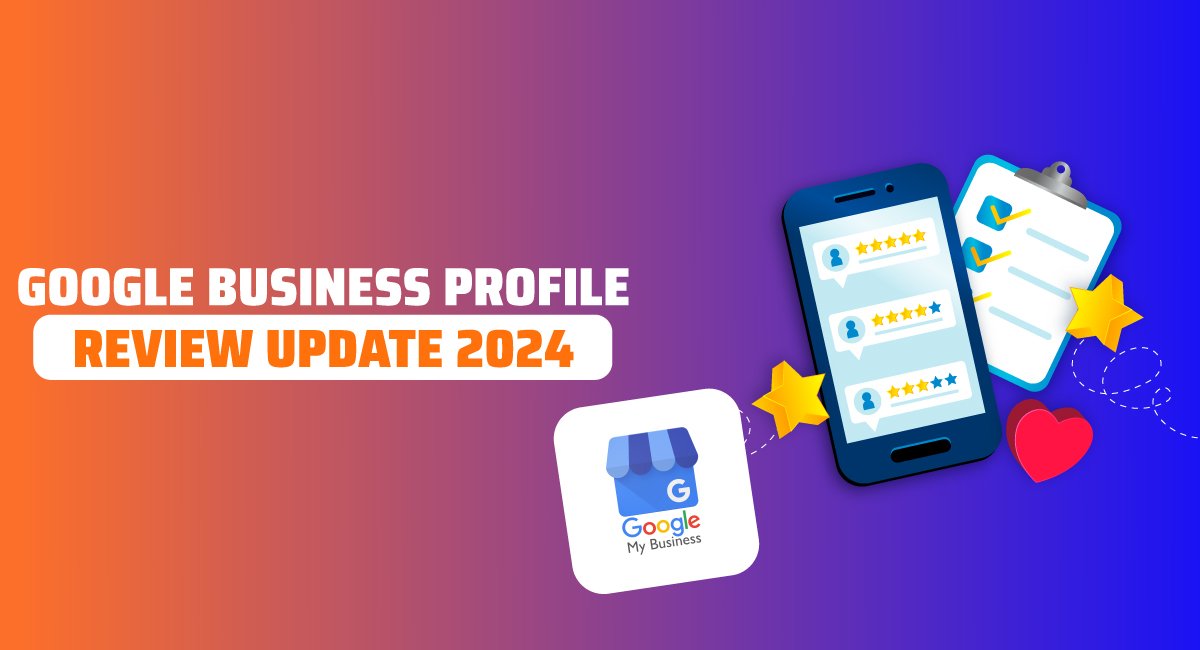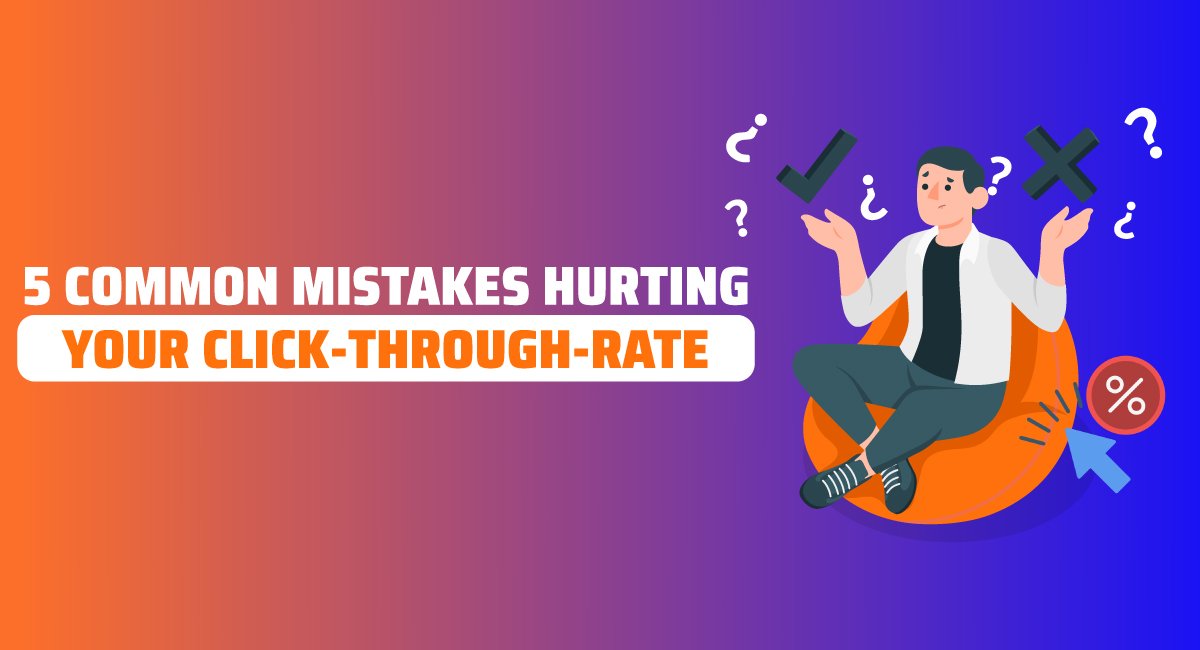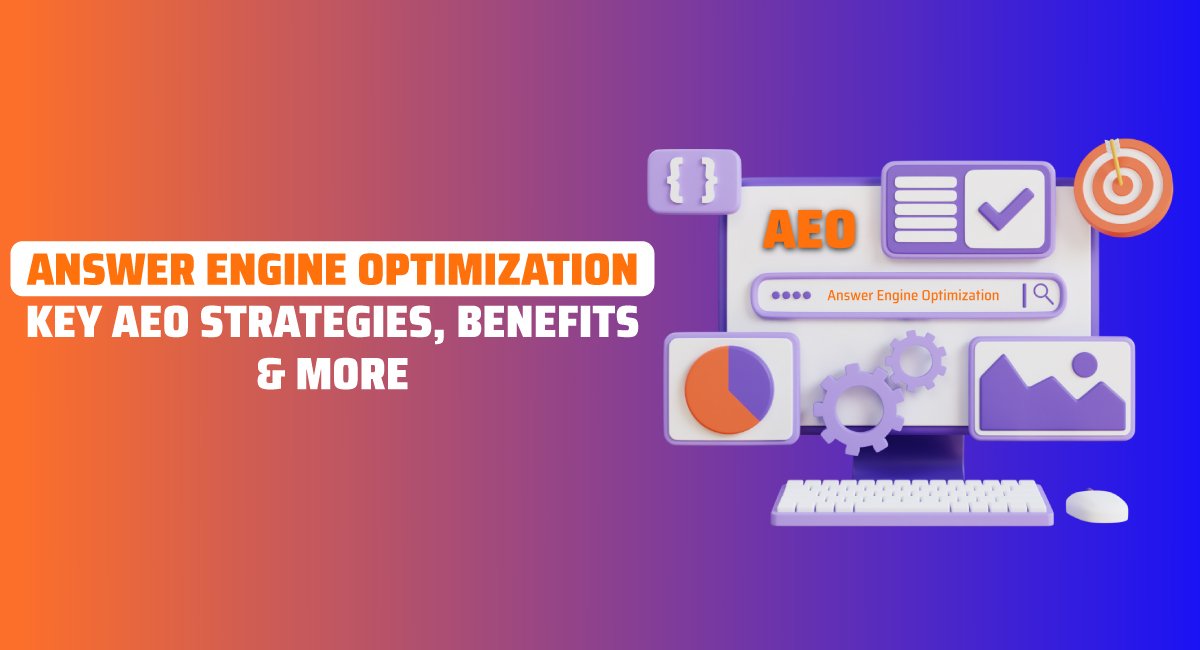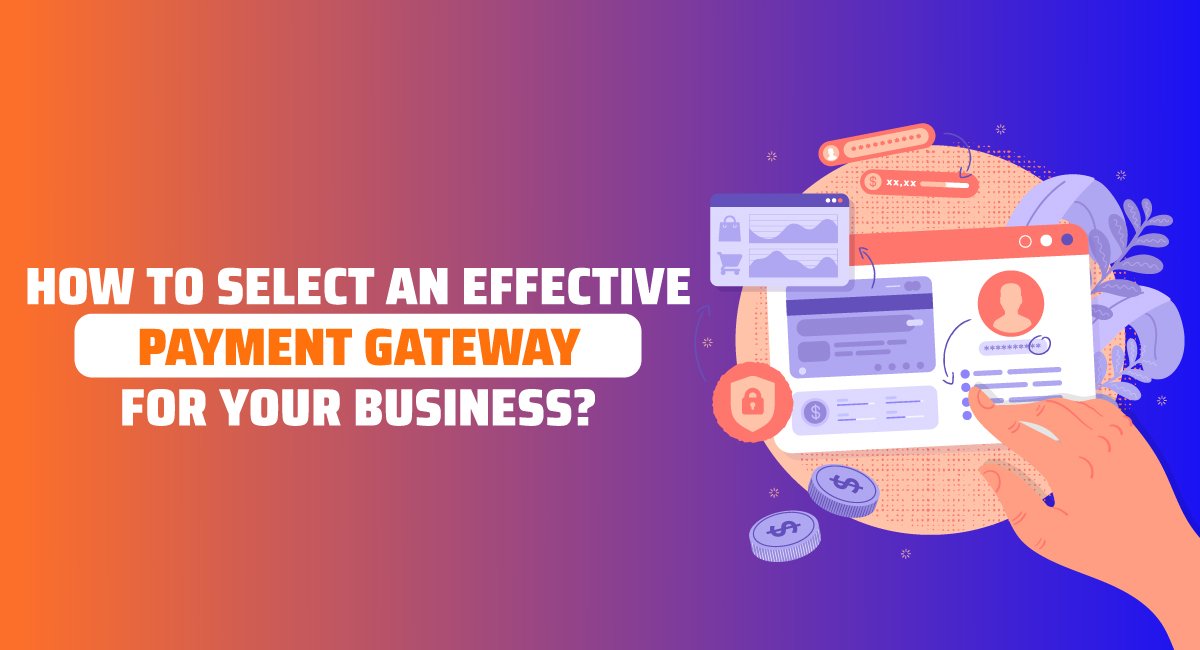
How to Select an Effective Payment Gateway for Your Business?
Choosing the best payment gateway for your business requires weighing various factors to ensure it meets your requirements in relation to functionality, security, user experience, and cost. Therefore, you should make sure you select the best and effective payment gateway for your business, selecting wrong gateway can put in big trouble, you can also consult to marketing experts, they can assist you in choosing the best after the deep research and going through various sources we have creating this web page to understand the selection of payment gateway.
Here's a step-by-step guide to help you pick the right payment gateway:
1. Understand your business needs
- Transaction Volume: How many transactions do you think you will process in a day, month, or year? Some gateways are more suitable for businesses with high volumes of transactions while others are ideal for small to medium-sized ones.
- Payment Methods: What kinds of payments do you intend to take? Will you require accepting credit cards, debit cards, ACH transfer, digital wallets (like PayPal, Apple Pay), and even cryptocurrencies?
- Global Reach: Will you be covering the whole world? Then the gateway should accept various currencies and other modes of payment acceptable in the international market.
2. Security Features
- PCI-DSS Compliance: The gateway must be PCI DSS compliant. That is, it has to meet the security and privacy standards regarding the handling of sensitive payments.
- Fraud Detection: Check the fraud prevention features and tools: AVS (Address Verification System), 3D Secure, and ML algorithms (machine learning) to detect any dodgy or suspicious transactions.
- Encryption: Find out if the gateway uses encryption technologies-SSL-when transferring customer information.
3. Assess Integration Options
- Compatibility: Make sure that the gateway is compatible with your website, shopping cart, or mobile app. Most popular platforms (Shopify, WooCommerce, Magento) have built-in integrations with major payment gateways.
- API Availability: In case you're building a custom solution, the gateway should have a flexible API to make integration easier.
- Plugins/Extensions: Check whether the gateway has plugins or extensions that are available for the more common ecommerce platforms, as this will simplify integration
4. Transaction Fees and Costs
- Setup Fees: Payment gateways charge setup fees; on the other hand, a few may waive this completely.
- Transaction Fees: Transaction fees vary for each gateway; however, these may be charged to include:
-Flat Fees: A fixed percentage per transaction, such as 2.9% for each transaction.
- Tiered Fees: Fees vary based on the type of card used, such as debit versus credit.
- Monthly Fees: Some gateways charge monthly service fees, while others only charge per transaction.
- Additional Fees: Look for fees such as chargeback fees, fees for international transactions, and fees for refund processing.
5. Assess the speed and reliability of the payment gateway.
- Speed of a Transaction: Both you and your customers will want it to be a seamless experience and fast transaction. Check that the gateway is always able to process payments fast and not delayed.
- Uptime: Ensure that the gateway is reputed for reliability and less down-time because any outage to your service can directly influence your business.
6. Customer Support
- Round-the-clock Support: A company which offers round-the-clock customer support, in case you are running services at different time zones or cater to international customers.
- Support Channels: it must offer numerous channels of support, email and phone and live chat channels that also contain web resources: FAQs, forums, knowledge base among others.
7. User Experience
- The Check-out Process: an effective and friendly checkout should reduce cart abandonment rates, have saved payment information one click payments and is also a mobile-friendly check-out.
- Mobile Payments: If you have a mobile app or mobile website, ensure that the payment gateway is optimized for mobile transactions.
8. Look for Value-Added Features
- Recurring Billing: If your business relies on subscription models or recurring payments, choose a gateway that supports automated billing.
- Invoice Generation: Most gateways enable the generation of e-invoices for a company to send to its clients.
- Multilingual and Multi-currency Support: Once you are expanding your reach for your business, decide whether the gateway supports multiple languages and whether you can have several currencies.
9. Test User Experience (Optional)
- Customer Reviews: You may look for reviews and reviews of other businesses who share how user-friendly the payment gateway is.
- Free Trial: Most of them give a free trial version that lets you try their system before committing to fully utilizing it.
10. Pilot Testing
The payment gateway must be implemented in a beta environment or with few transactions to test its performance, user experience, and responsiveness of support before its final launch.
Some famous payment gateways that could suit different needs are these:
- Stripe: Extremely developer-friendly with flexible API, advanced fraud protection, and subscription management. Low fees and no setup fees.
- PayPal: Most used gateway for business and consumer. Has a high level of trust but might have a bit higher fees compared to other options.
- Square: Good for small businesses with on-site retail sales but is available for use in online sales. There is a very simple, flat-rate pricing model.
The "best" payment gateway will depend on your needs, goals, and those of your customers. Rank your priorities based on factors that matter most for your business, whether lower fees, better fraud protection, ease of integration, or customer support-and use this list to help guide you to an informed decision.

.png)


.png)






.png)
.png)

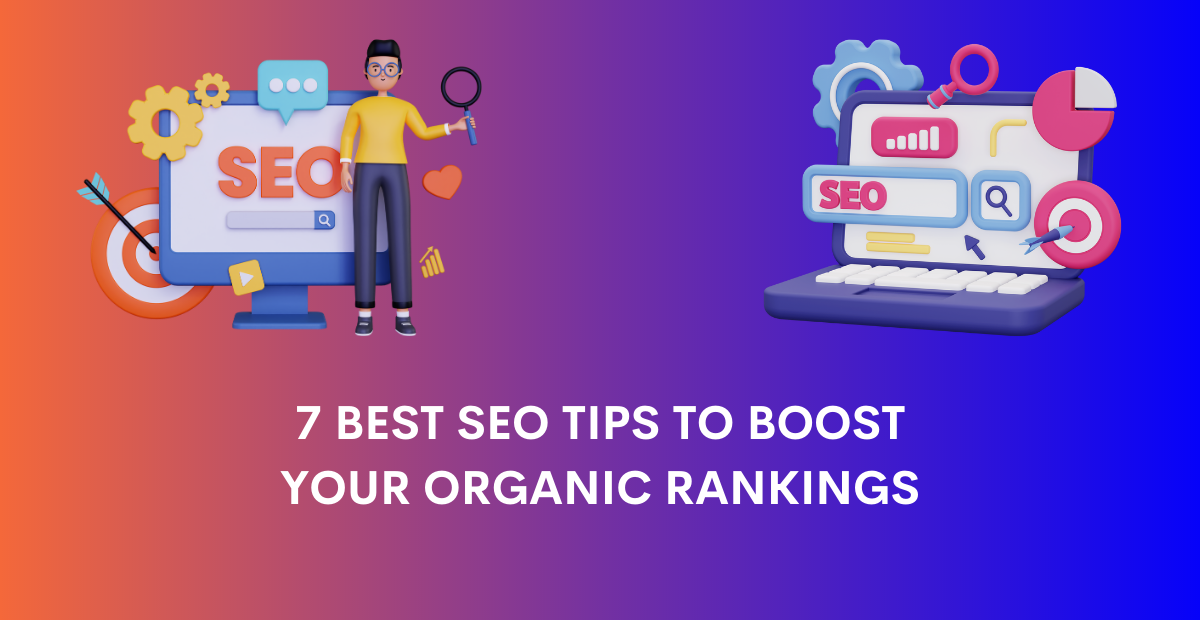
.png)
.png)
.png)
.png)
.png)
.png)
.png)

.png)
.png)
.png)
.png)
.png)
.png)
.png)
.png)
.png)
.png)





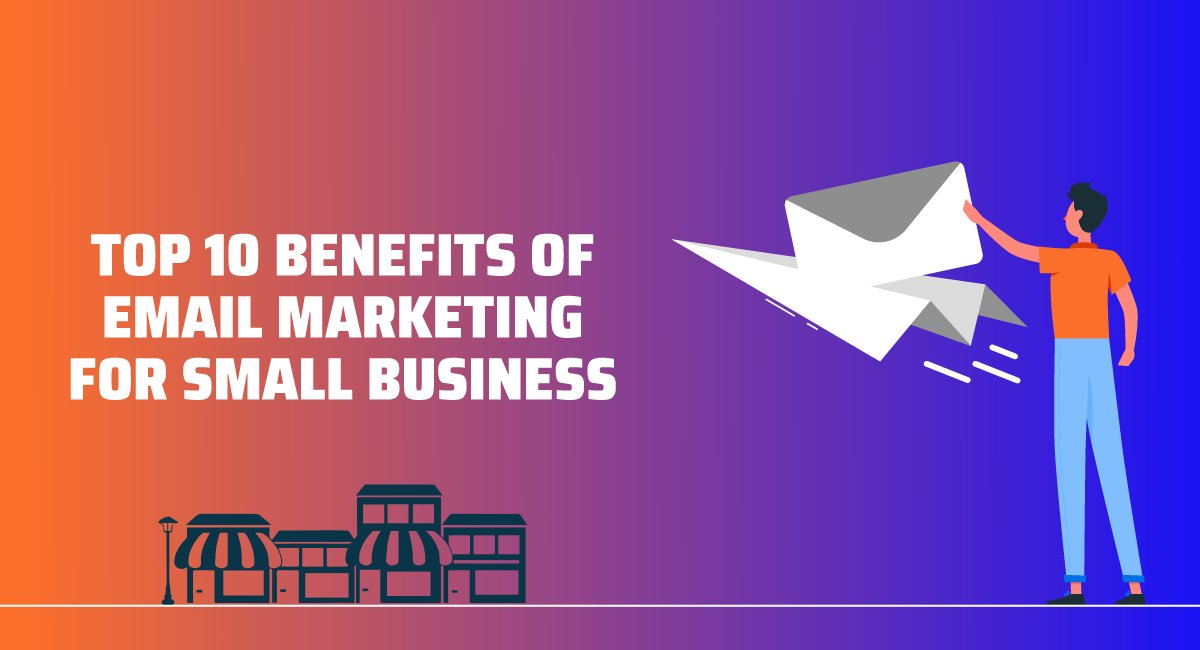

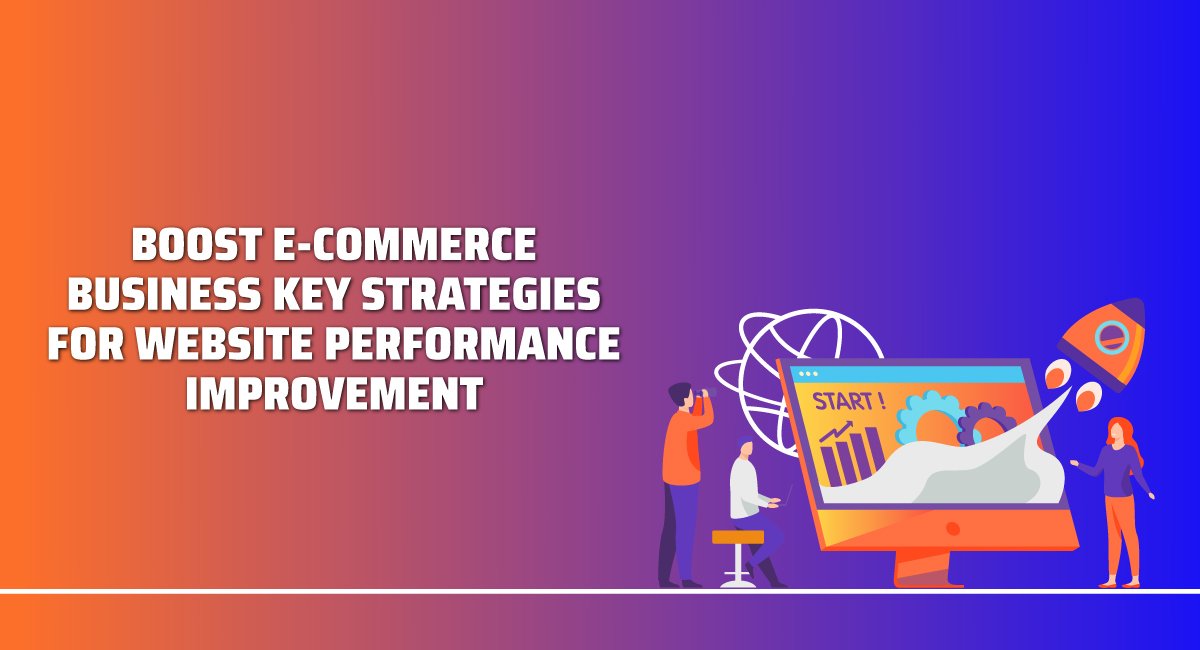

.jpg)


